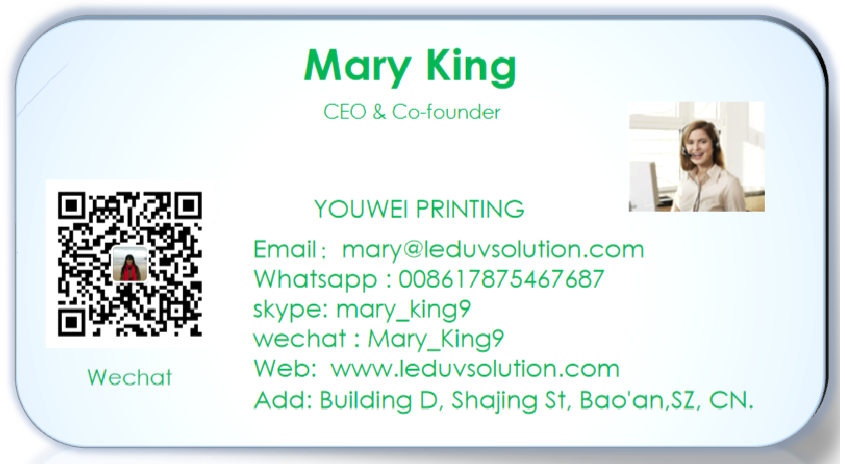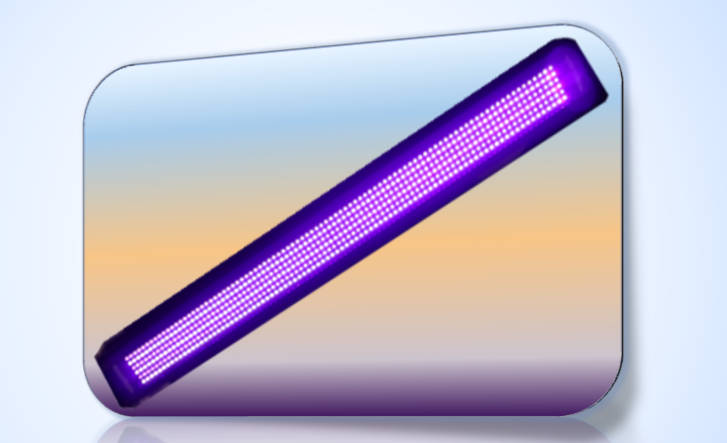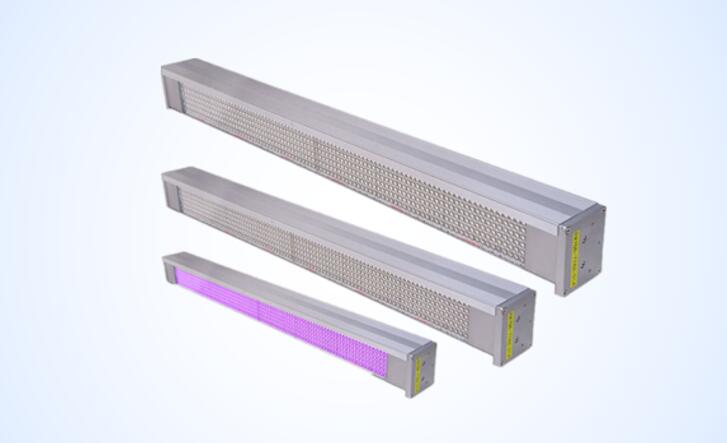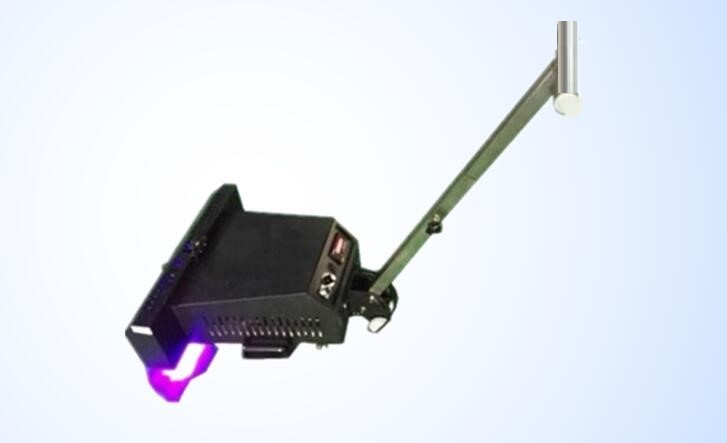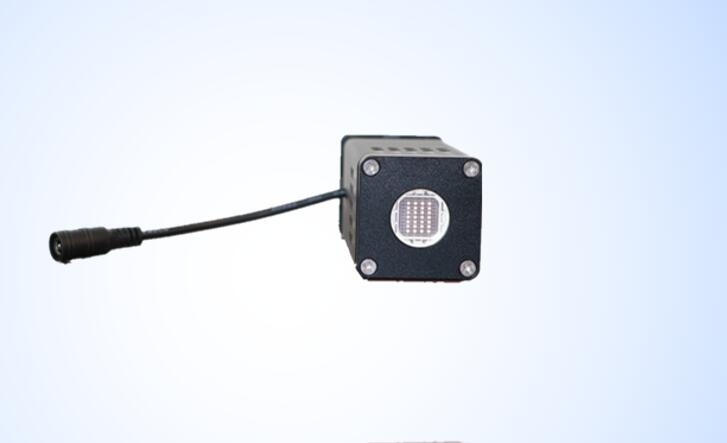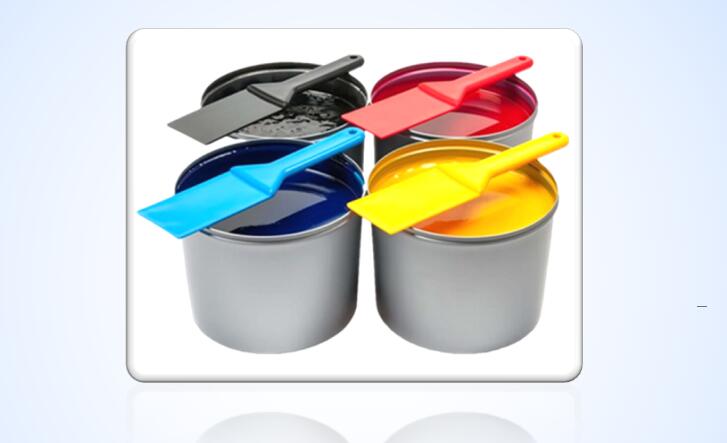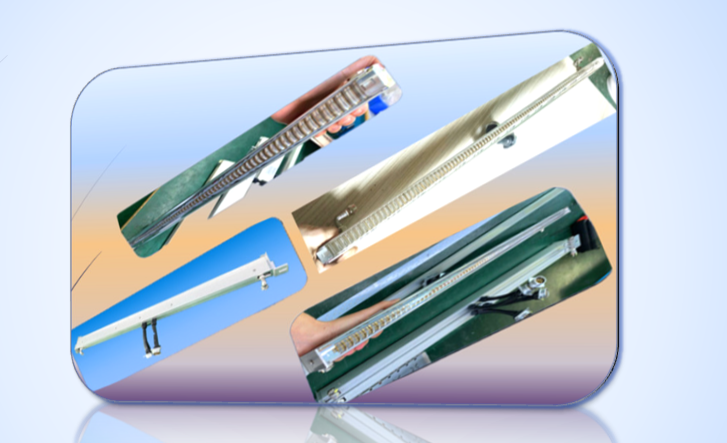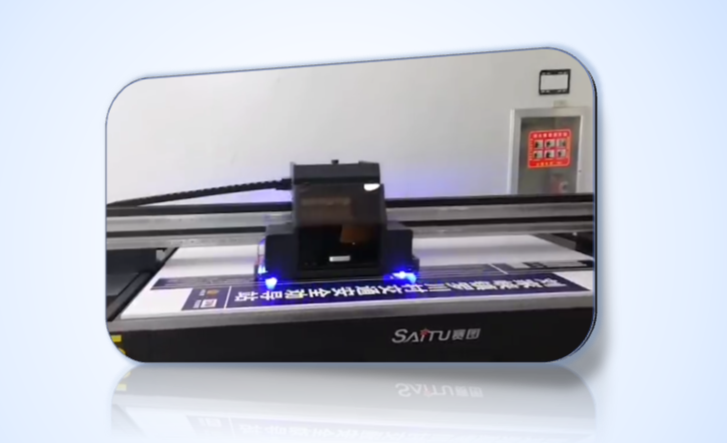Problems and solutions in UV offset printing process (TWO)
Problems and solutions in UV offset printing process (TWO)

(Continued to last article)
Common problems and solutions in UV offset printing process (TWO)
Improper color sequence arrangement
The curing of UV offset printing ink is completed by the irradiation of UV light. Because each color pigment in the ink absorbs light from UB differently, the curing degree of different colors of ink is also different.
From the perspective of the penetration of UV light to the pigment, the transmittance of magenta is 50%-60%, the transmittance of yellow is 20%-30%, the transmittance of green is 8%-20%; the transmittance of black The rate is 10%-12%, and the white ink reflects most of the UV light, and the transmittance is lower. Due to the difference in UV light transmittance of each color ink, under the same power of UV light and the same time irradiation, some inks can be cured, while some inks cannot. Therefore, in the arrangement of the color sequence of UV offset printing, the curing problem of the ink should be mainly considered. The ink that is not easy to be cured should be printed first, so that they can get more exposure to IV light, and the ink that is easy to cure should be printed later. Before printing, the printed sample must be carefully re-analyzed to discharge a reasonable color sequence.
Due to the limitation of the inking principle, the ink layer on the printing object is thin, but when a thicker ink layer is required, the annual product cannot achieve the expected reproduction effect and the color saturation is not enough.
Solution:
1. The arrangement of color sequence must be determined by job.
2. Change the color sequence, print the color with the smaller ink volume first, and then print the black with the larger volume, so that the ink volume can reach the highest color and become more full.
3. When printing large-area jobs, if spot color printing can be used, the color of spot color ink can be darkened.
(To be continued)
Common problems and solutions in UV offset printing process (TWO)
Common problems and solutions in UV offset printing process (TWO) further communication contacts
